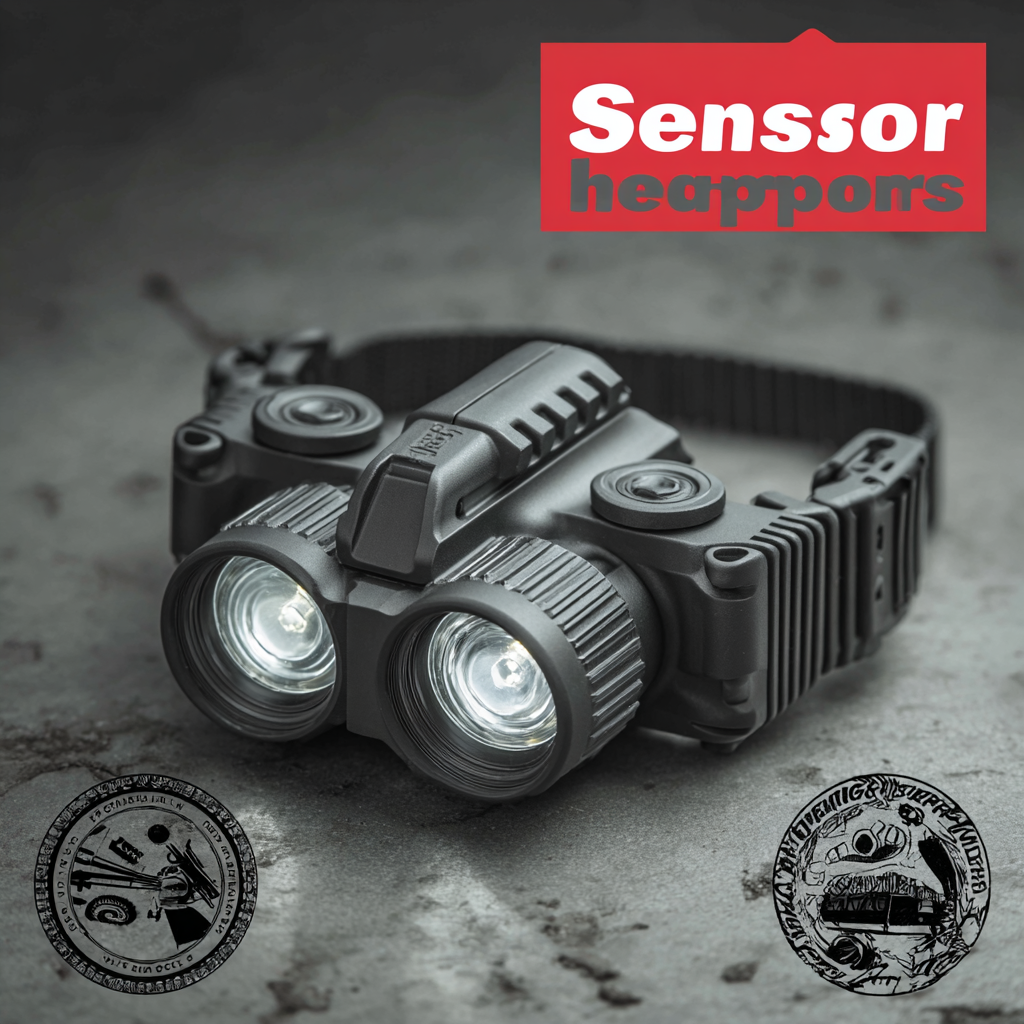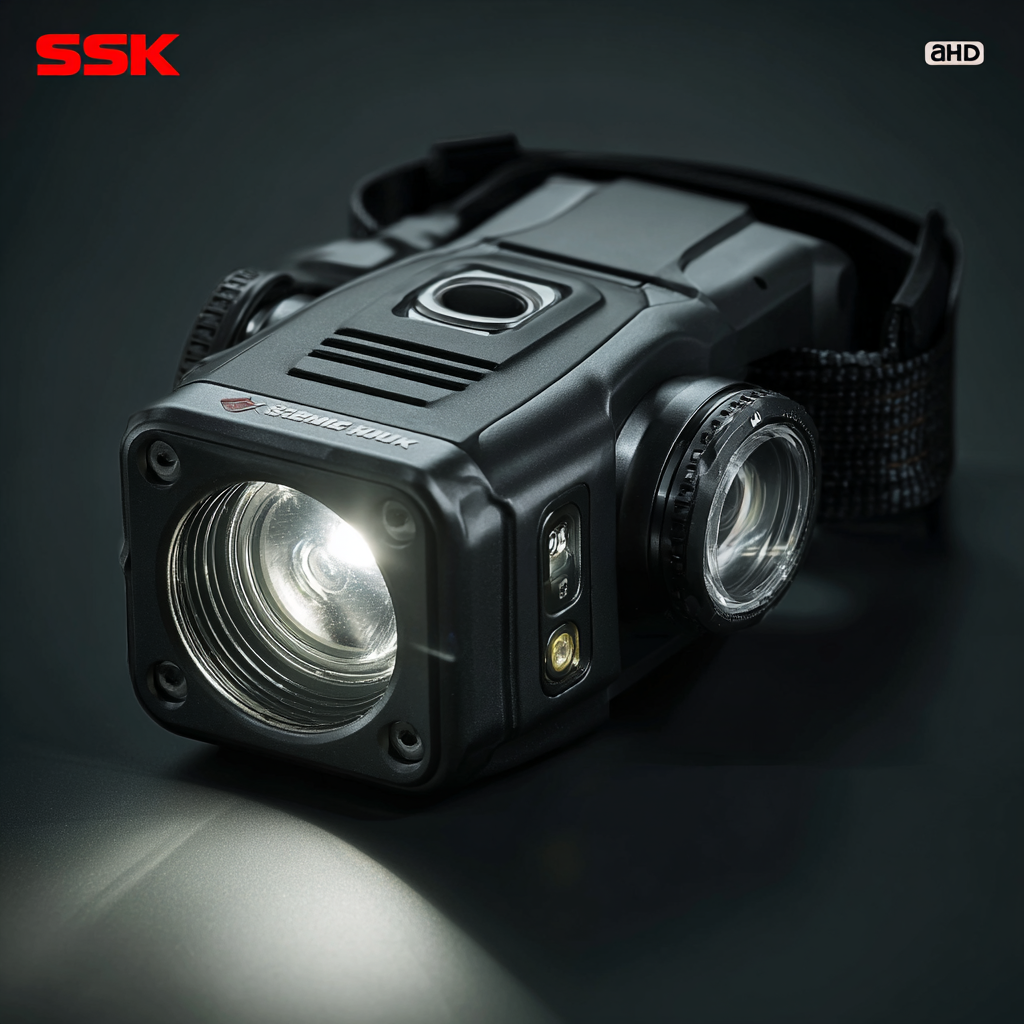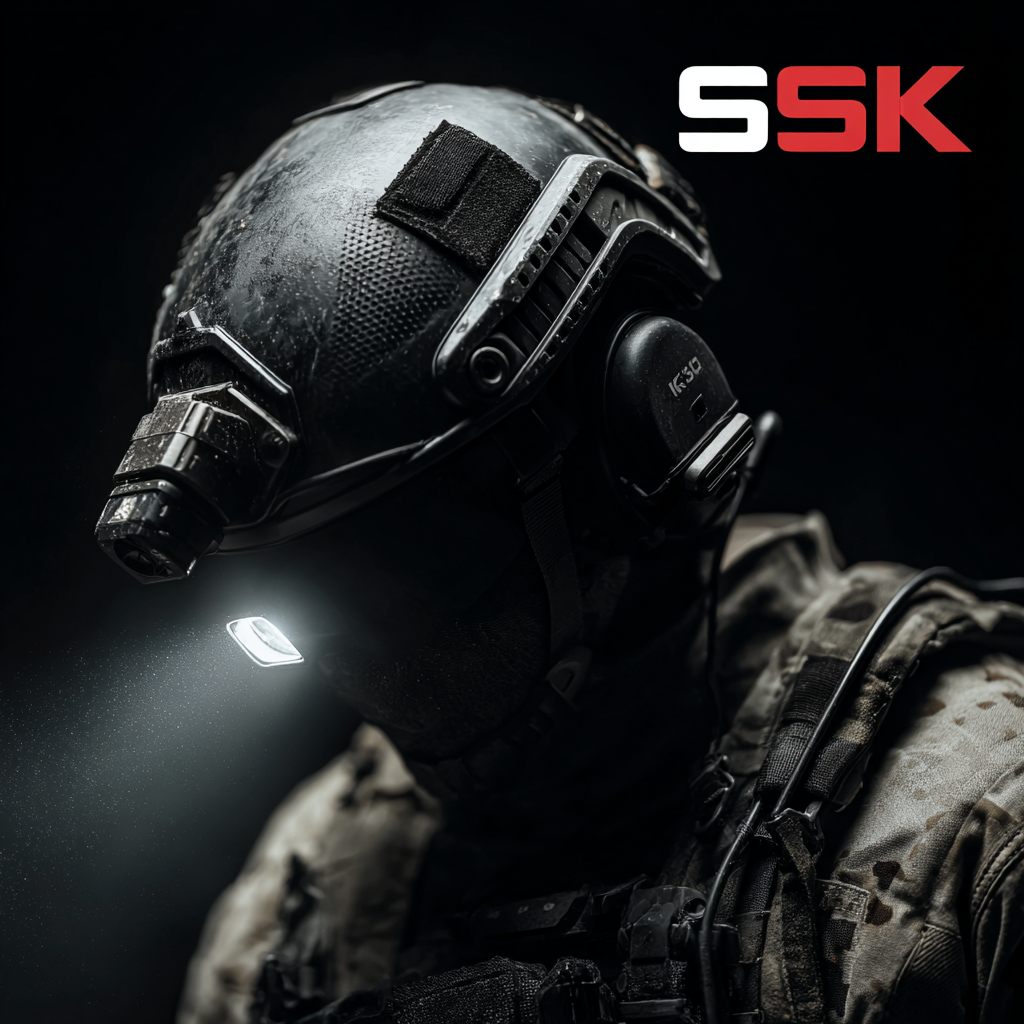Finding Quality Suppliers for Best Sensor Headlamps Strategies to Ensure Your Success
In today's rapidly evolving market, the demand for high-performance lighting solutions, such as
Sensor Headlamps, has surged significantly. According to a recent industry report by
Grand View Research, the global market for headlamps is expected to reach USD 1.3 billion by 2025,
driven by increased outdoor recreational activities and the growing need for portable lighting solutions. As consumers become more discerning
about product quality and performance, finding quality suppliers who can provide reliable and advanced Sensor Headlamp technology is
crucial for success. This blog post will explore effective strategies that can help businesses identify and partner with reputable
suppliers, ensuring they offer the best products that meet customer expectations and comply with industry standards. By leveraging
these insights, companies can enhance their competitive edge in this burgeoning market.

Identifying Key Features in High-Performance Sensor Headlamps
When looking for high-performance sensor headlamps, several key features must be considered to ensure that you choose the right product for your needs.
First and foremost, the light output is critical. A lumen rating of at least 200 is recommended for a bright and consistent beam, whether for outdoor adventures or work-related tasks.
Additionally, the ability to adjust the beam distance and angle ensures versatility, making your headlamp suitable for various activities, from hiking to reading.
Another essential feature is the headlamp's sensor technology. Many modern models incorporate motion sensors that enable automatic brightness adjustment based on the surrounding light conditions.
This not only conserves battery life but also enhances user convenience.
Waterproof and durable designs are also vital, especially if you plan to use the headlamp in inclement weather or rugged terrain.
Finally, comfort and adjustable straps can enhance the experience, allowing for extended use without discomfort.
By focusing on these features, you can confidently select a sensor headlamp that will enhance your outdoor adventures or professional tasks.
Understanding the Importance of Supplier Relationships in the Lighting Industry
In the lighting industry, strong supplier relationships are crucial for achieving success.
According to a report by Mordor Intelligence, the global market for LED lighting is expected to reach
$150 billion by 2026, driven by innovations in sensor technologies.
Quality suppliers not only provide reliable products but also contribute to improved efficiency and competitive pricing,
which can directly influence a company's bottom line.
Building and maintaining these relationships requires clear communication and a
mutual understanding of goals. Engaging with suppliers on a regular basis allows for feedback
that can enhance product offerings and foster innovation. Tips for cultivating these relationships include
setting up regular meetings to discuss project needs and sharing market insights
to align expectations. Additionally, exploring joint ventures or partnerships can lead to new opportunities for both parties.
Furthermore, it's essential to evaluate suppliers based on their reliability and the quality of their offerings.
According to a survey by Industry Week, 67% of companies noted that their supplier
selection criteria had a significant impact on their operational efficiency. Focus on suppliers with a proven track record in
innovation, sustainability, and responsiveness to market changes
to ensure you are well-positioned in the competitive sensor headlamp landscape.
Evaluating Supplier Credentials: Certifications and Industry Standards
Evaluating supplier credentials is essential in the pursuit of quality sensor headlamps, particularly in an era emphasizing sustainability and circular economy practices. One key aspect is the assessment of certifications and industry standards that suppliers hold. For instance, a recent report highlighted that companies in the textile and apparel sectors are increasingly adopting sustainability certifications to align with circular economy goals. This trend suggests that suppliers with such credentials not only meet baseline quality expectations but also demonstrate a commitment to environmentally friendly practices, which is increasingly critical in today's market.

Additionally, distinguishing between various sustainability certifications is pivotal for purchasers. In a recent analysis, 46 sustainability certifications were evaluated across nine subcategories, providing insights into which certifications resonate most effectively with buyers and promote credibility. These certifications not only serve as verification of a supplier's sustainability claims but also can significantly enhance a company's marketability and consumer trust. For instance, companies recognized for achieving high standards in environmental practices through credible certifications can increase their appeal to eco-conscious consumers, ultimately driving sales and fostering brand loyalty.
Strategies for Negotiating Pricing and Terms with Suppliers
When negotiating with suppliers for quality sensor headlamps, having a robust strategy is essential, especially in the current inflationary market. Recent reports indicate that effective negotiation practices can foster long-term supplier relationships that are invaluable during peak seasons and beyond. In fact, companies adopting rigorous procurement strategies are better positioned to navigate challenges posed by inflation, including price increases across the board. Utilizing data-driven approaches, businesses can align their purchasing power with market demands, ensuring they not only secure favorable pricing but also maintain quality standards.
One key tactic in negotiations is to be well-prepared with market insights. Understanding market penetration—how widely a product is used relative to the total potential market—can give companies leverage during discussions. Research shows that organizations focused on data can optimize their vendor negotiation strategies significantly, even amid IT contract inflation. By consistently monitoring market trends and competitors’ movements, businesses can effectively counter supplier price hikes and negotiate terms that enable them to maximize profitability while ensuring customer satisfaction.

Adapting to Industry 2025: Trends Influencing Sensor Headlamp Development
The sensor headlamp industry is undergoing significant transformations as we approach Industry 2025. Key trends influencing the development of these devices include advancements in sensor technology, increased focus on energy efficiency, and a growing demand for smart features. According to a recent report by Market Research Future, the global market for smart headlamps is projected to reach $1.2 billion by 2025, reflecting a compound annual growth rate (CAGR) of approximately 10%. This growth is driven by the rising popularity of outdoor activities and an increasing need for versatile, hands-free lighting solutions.
To stay ahead in this competitive landscape, suppliers must adapt to these trends by incorporating the latest technological advancements in their product offerings. For instance, integrating IoT capabilities can provide users with enhanced features such as real-time battery monitoring and personalized lighting settings. As you seek quality suppliers for sensor headlamps, consider those who invest in R&D and demonstrate a capability to innovate in line with market demands.
When selecting suppliers, keep in mind that quality assurance is crucial. Look for partners with certifications such as ISO 9001, as this indicates a commitment to maintaining high standards in product quality and reliability. Additionally, establishing clear communication channels with suppliers can facilitate better collaboration, ensuring that you can quickly adapt to emerging trends and customer preferences.
